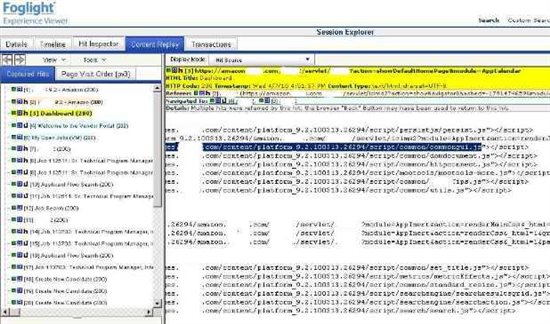

Viewing the content of the / resource.Ĭlick the resource that you want to refresh.

Viewing the HTTP headers of the /index.html resource.Ĭlick Preview to view a resource's content.įigure 4. Viewing the airhorner-0.6.11 cache.Ĭlick a resource to view its HTTP headers in the section below the table.įigure 3. Expand the Cache Storage section to view available caches.įigure 2. # View cache dataĬlick the Application tab to open the Application panel. The Size column of the Network Log has the information you're looking for. If you're trying to inspect HTTP cache data, this is not the guide you want. This can be done overnight, for example.This guide shows you how to use Chrome DevTools to inspect Cache data. If you have a large project, budget enough time for the media cache files to rebuild. Keep in mind that a delay also occurs after you delete all cache files and then open a current project as the files need time to rebuild. If you have older projects you have completed, it is a good idea to delete these files to save storage space and to keep your computer's hard drive tidier. This is helpful if you have multiple versions of After Effects downloaded on your machine.Īfter deleting the files, you should see additional hard drive space become available, as the media cache files can take up significant space. You'll be shown a dialogue box that allows you to choose if you want to clear the disk cache for all versions, or if you only want to clear for the current version of After Effects. Open any After Effects project and navigate to the toolbar at the top of your screen to select Edit > Purge > All Memory & Disk Cache. You can change the media cache location under Preferences > Media Cache in After Effects Check this tutorial on how to access it: How to Find the AppData Folder in Windows 10 - YouTube NOTE: By default, AppData is a hidden folder. Windows: \Users\\AppData\Roaming\Adobe\Common Mac: /Users//Library/Application Support/Adobe/Common By default, both the cache files (in the Media Cache Files folder) and the media cache database files (in the Media Cache folder) are stored in these locations: Sometimes, these cache folders get too large, or contain a corrupt file, so you need to know where to locate them for deletion. A progress bar in the lower right of the application shows the progress of the media cache being processed. Note: there is a delay in proper audio and video playback while newly imported media is being processed and cached. They are located in the Media Cache folder. In addition, there is a folder containing a database, which retains links to each of the media cache files. These are referred to as "media cache database" files. These are stored in the Media Cache Files folder. These are referred to as "media cache" files. When importing video and audio into Adobe After Effects, it processes versions of these files that it can readily access for faster performance.


 0 kommentar(er)
0 kommentar(er)
